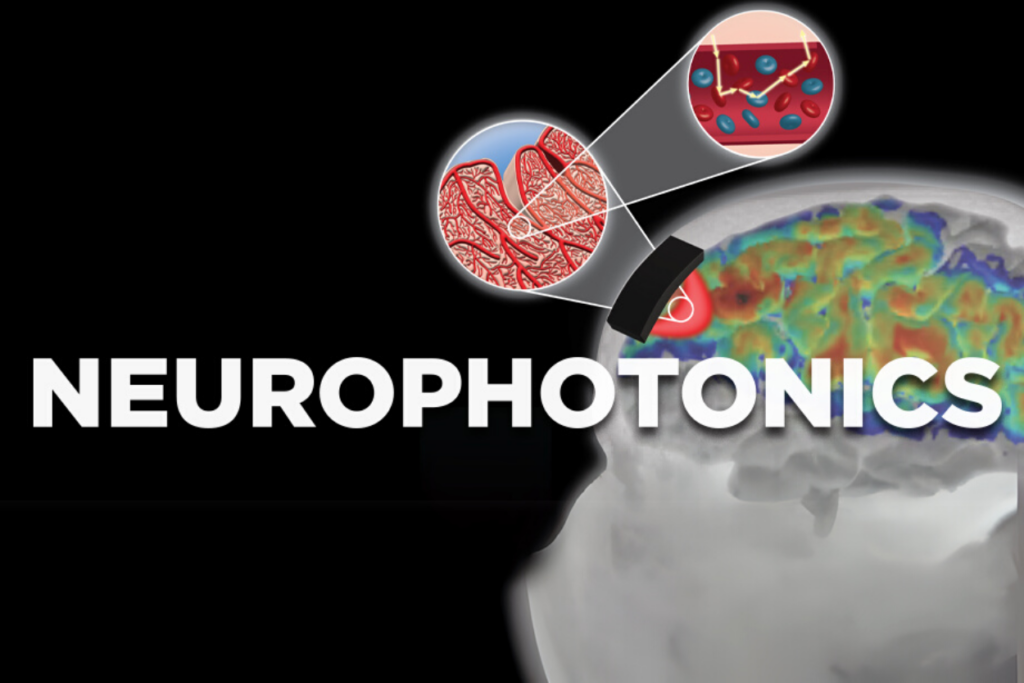In the last issue of the Neurophotonic journal, a group of sixty leading neuroscientists and developers of near-infrared spectroscopy published a report on the state-of-the-art fNIRS technology. The authors also identify possible future directions in optical imaging and spectroscopy for studying the human brain.
We have selected seven quotes that show the congruence of Cortivision’s ecosystem philosophy with current and future of fNIRS technology development trends.
1.Filling the gap between other brain registration methods
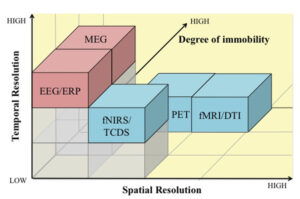
Source: Open Access https://www.frontiersin.org/articles/10.3389/fnhum.2013.00889/full
“Functional NIRS (fNIRS) has opened doors to explore unanswered questions in several fields, ranging from neurodevelopment to social and cognitive sciences to populations that are hard to assess with more conventional neuroimaging techniques like magnetic resonance imaging (MRI).”
Comment: The fNIRS technolgy features better spatial resolution than, for example, EEG, at the same time it is more mobile compared to fMRI. For the first time, it is possible to record the hemodynamic response of the brain during walking or daily activities.
2. Accessibility
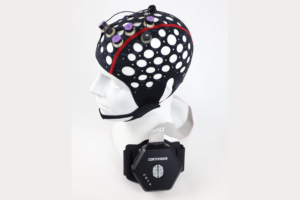
“The low cost and portability of CW-NIRS systems make this technique particularly well-suited for functional brain studies wherein neuronal activation elicits a pronounced hemodynamic response.”
Comment: Our Cortivision Photon Cap system has the market’s best price/capability ratio. We have also created a LIGHT version. It is an excellent start to adventure with fNIRS thanks to its easy operation and accessible price. Ask for a quote
3. Interoperability
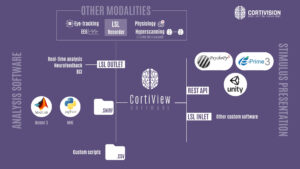
“(… ) integration with multimodal measurements (e.g., eye tracking, motion sensors, visual/auditory input), and the synchronization of these additional measurements with the fNIRS signal will become more critical. Moreover, reliable data transmission and online detector sensitivity/signal quality control will be necessary. Early steps have been taken towards this end to extend Lab Streaming Layer (LSL) to support CW-NIRS data. LSL allows efficient and correct real-time transfer of data between computers and is commonly used in the brain-computer interface community. Its integration may also be used for broader application, such as real-time data quality management.”
Comment: Cortivision’s software environment supports the LSL universal protocol as the primary synchronisation method with other platforms. You can see how many devices use this standard on the LSL project page.
4. Portability
“Wearable/wireless systems reflect the recent paradigm shift in the commercial market responding to consumer preferences for digital health technologies that are ergonomic, highly portable, and lend data-driven insights into consumer lifestyle (e.g., smartwatches).”
“Over the next five years, we anticipate that commercialization of NIRS devices will continue its present expansion in developing and marketing digital health and lifestyle/fitness products for research and consumer use.”
Comment: Cortivision’s products provide an easy installation with the SP Connect system designed for mobile devices in sports activities. Photon CAP and LIGHT are one of the lightest mobile fNIRS systems.
5. Signal quality control
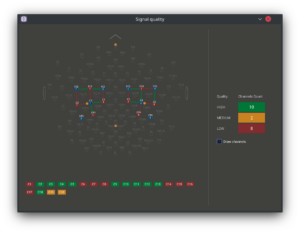
“(…) fNIRS investigators consider the presence of cardiac pulsation in raw amplitude signals as a reliable and readily ascertainable indicator of successfully measured tissue hemodynamics. This feature has been translated into quantitative measures such as the Scalp Coupling Index (SCI) (…) they can be computed on each short-timed segment (3–5 seconds) of an entire fNIRS recording to capture its inherently time-variant quality adequately. (…) such quality assessment can be performed and displayed for all fNIRS optical source-detector separations (i.e., channels) both in real-time during the headgear fitting to optimize the setup (…) as well as post hoc to assess the data quality prior to other processing steps”
Comment: Our CortiView signal acquisition software displays the signal quality for each channel in real time. Learn more here to see the future of fNIRS.
6. Standarization
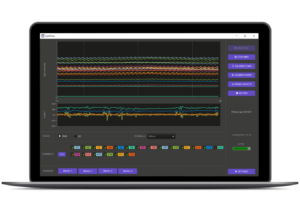
“Standardized data storage formats are required to enable researchers to interchangeably utilize the strengths of each software and promote the sharing and reuse of data.
(…) Recently, several community efforts have developed standards for the efficient sharing of fNIRS data.
(…) The Shared Near-Infrared Spectroscopy Format (SNIRF) provides a specification for storing fNIRS measurements.”
Comment: We support the .snirf standard as the default way to record and store the fNIRS signal.
7. This is just the beginning of the optical revolution in brain research
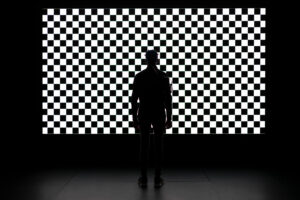
“Despite all the recent groundbreaking progress reported herein, the most exciting news is that we seem to be only at the beginning of this optical revolution. (…) There are substantial challenges ahead, which also can be seen as unique opportunities for students and early-career researchers to jump in and enjoy what we envision as a bright future for diffuse optics in neuroscience and clinical applications!”
Comment: Our goal is to develop and improve Cortivision products continuously. We want to provide our customers uncompromising solutions tailored to current and future trends in fNIRS technology. Let’s join the optical revolution in neuroscience together!
Reference:
Ayaz, H., Baker, W. B., Blaney, G., Boas, D. A., Bortfeld, H., Brady, K., … & Zhou, W. (2022). Optical imaging and spectroscopy for the study of the human brain: status report. Neurophotonics, 9(S2), S24001.https://doi.org/10.1117/1.NPh.9.S2.S24001
